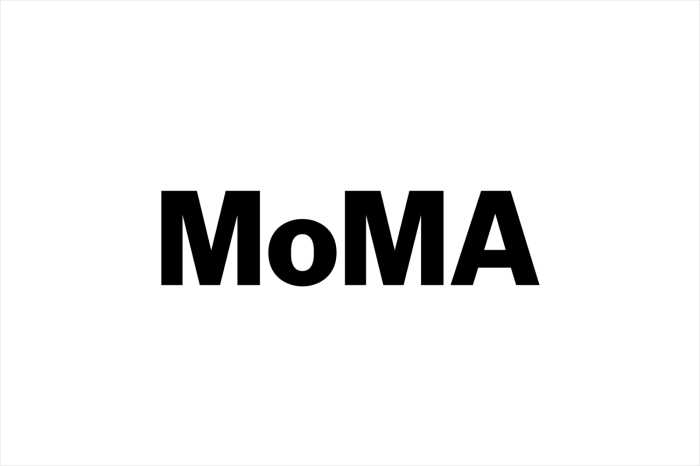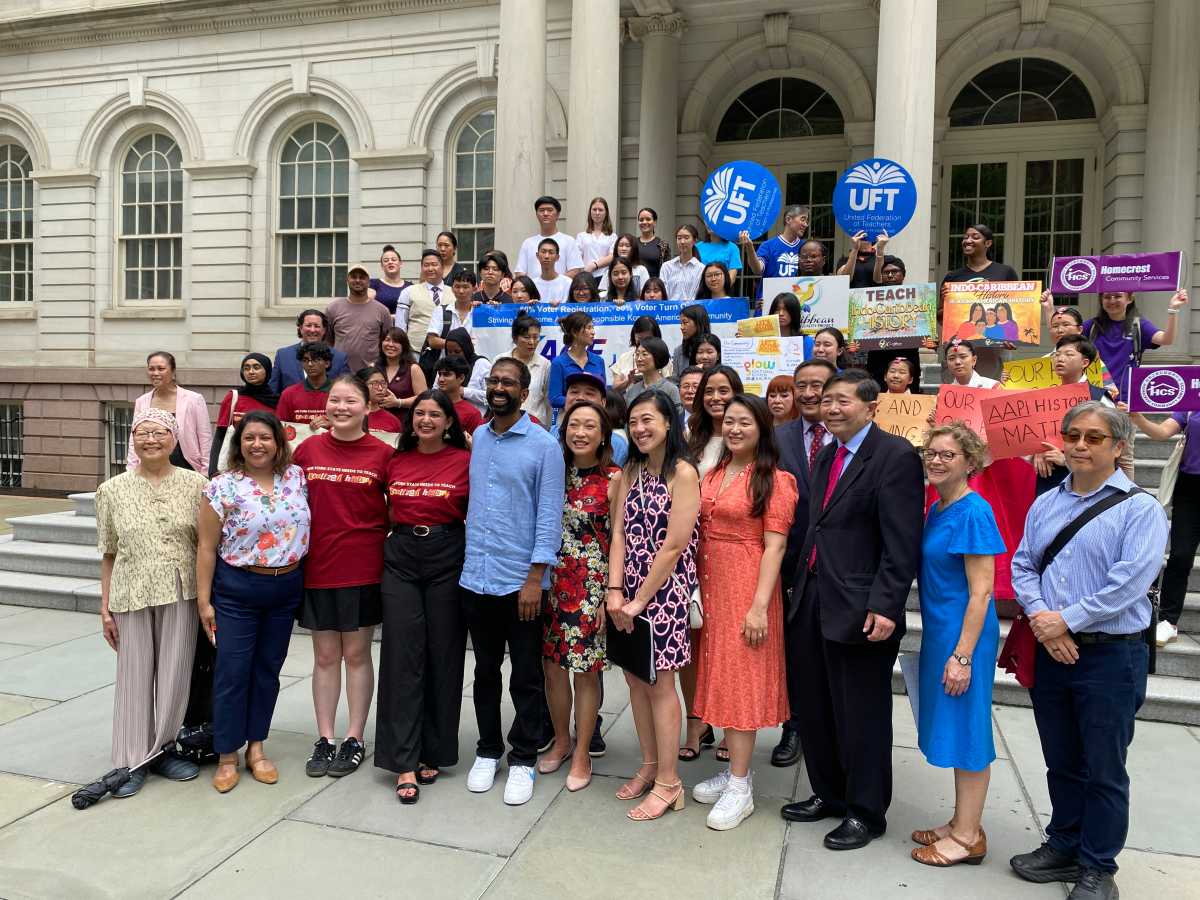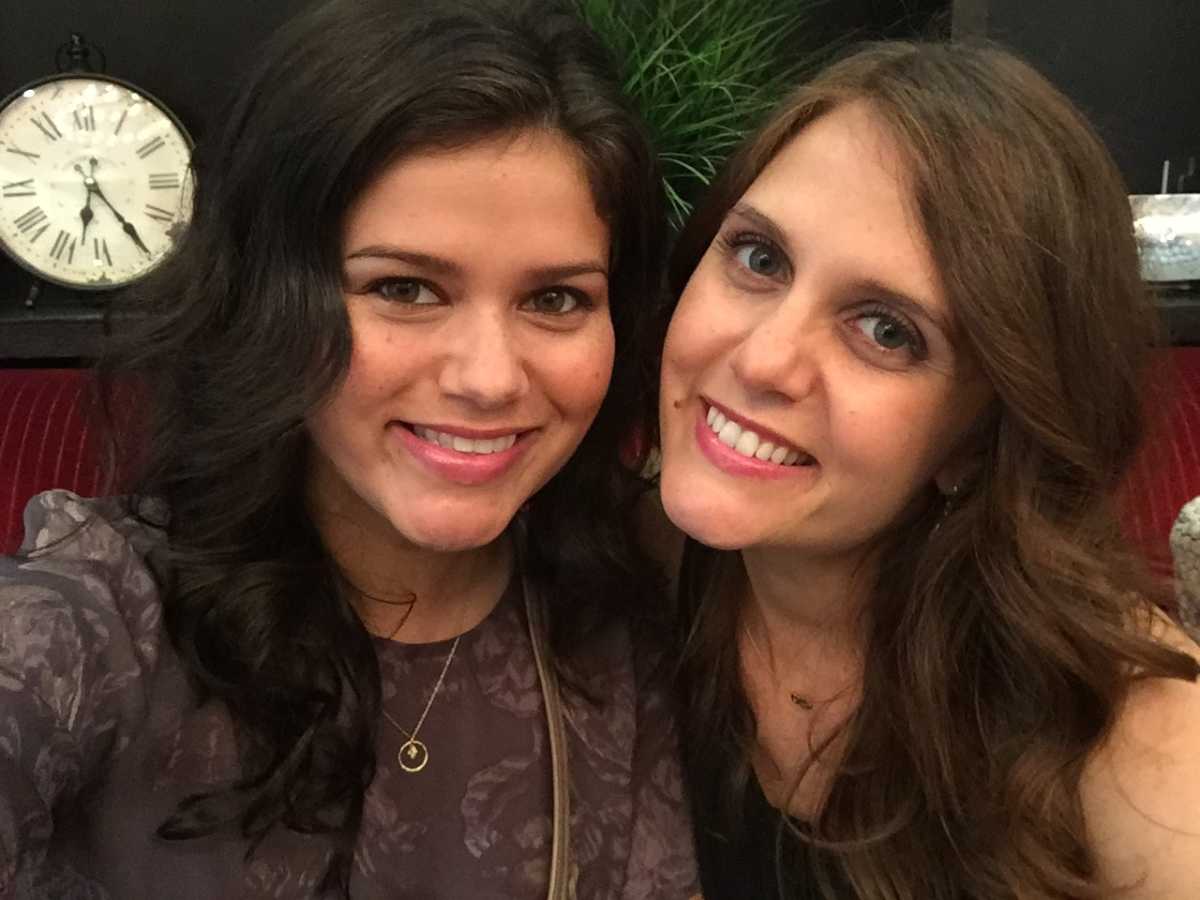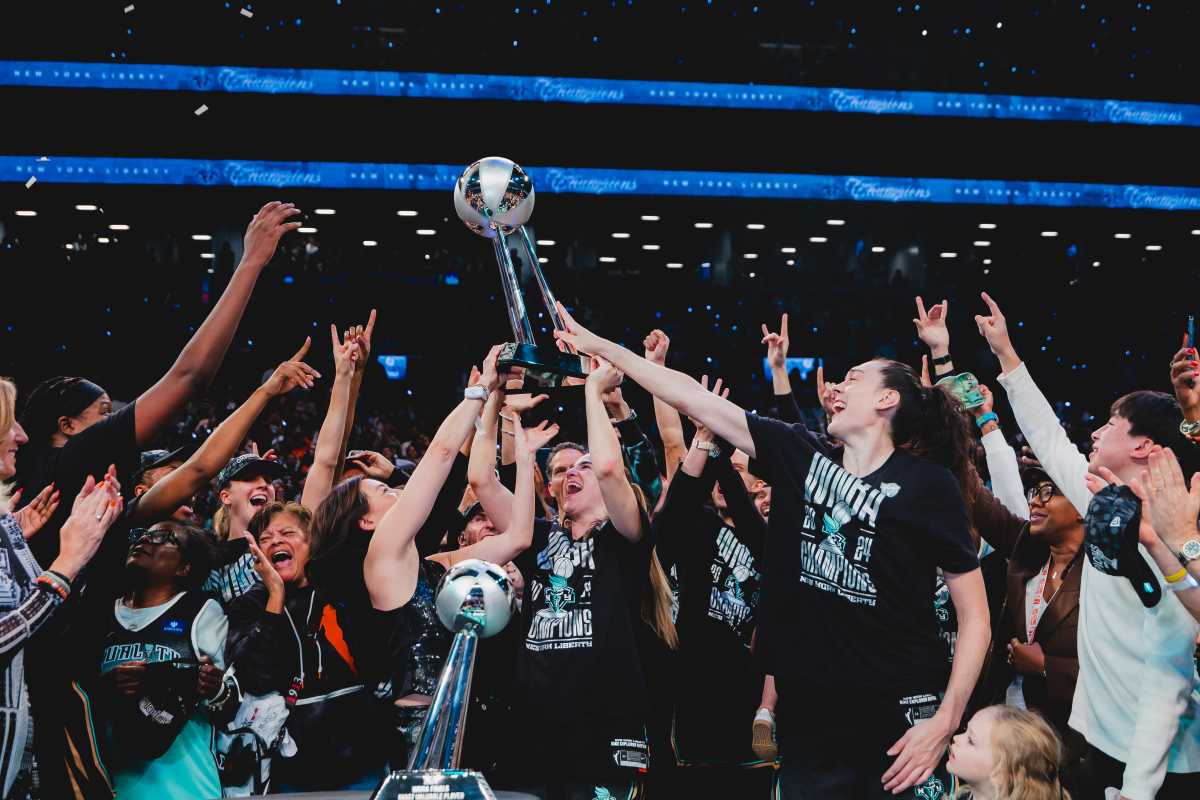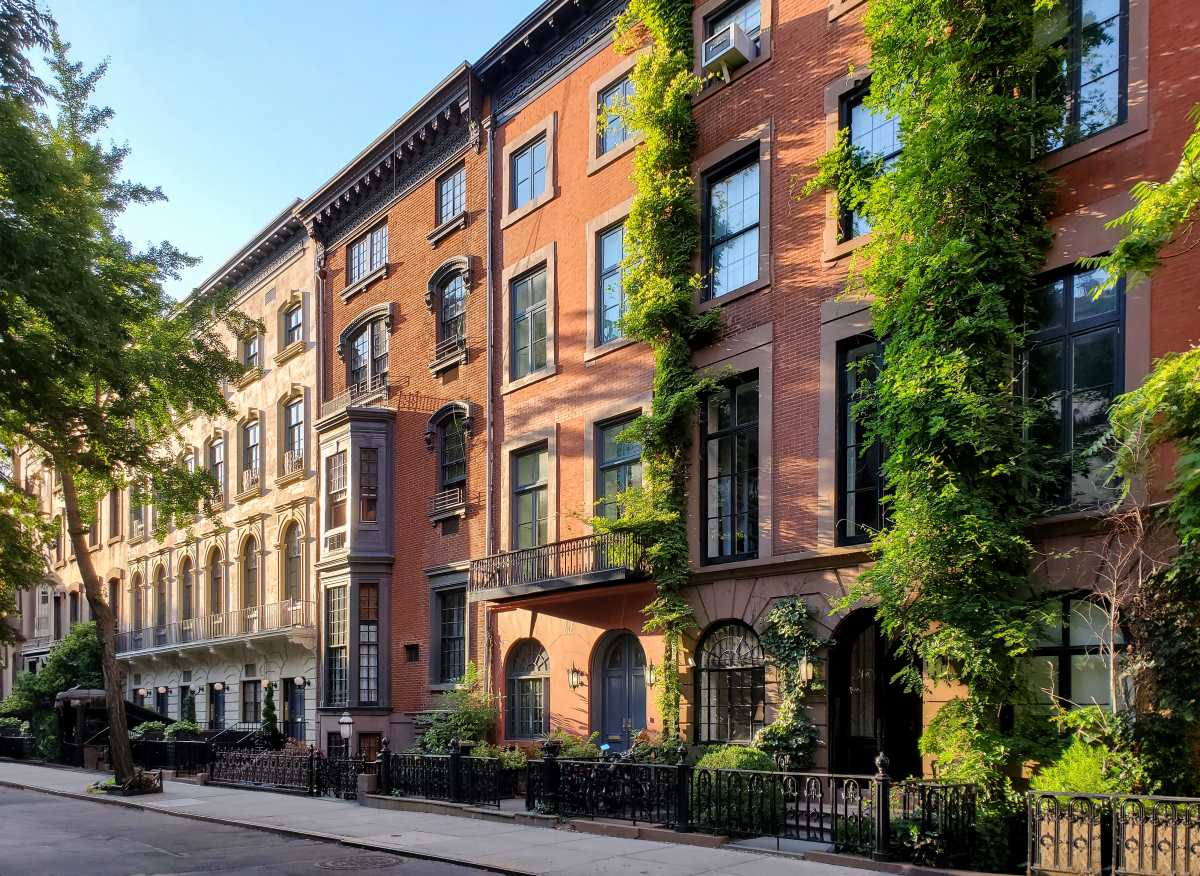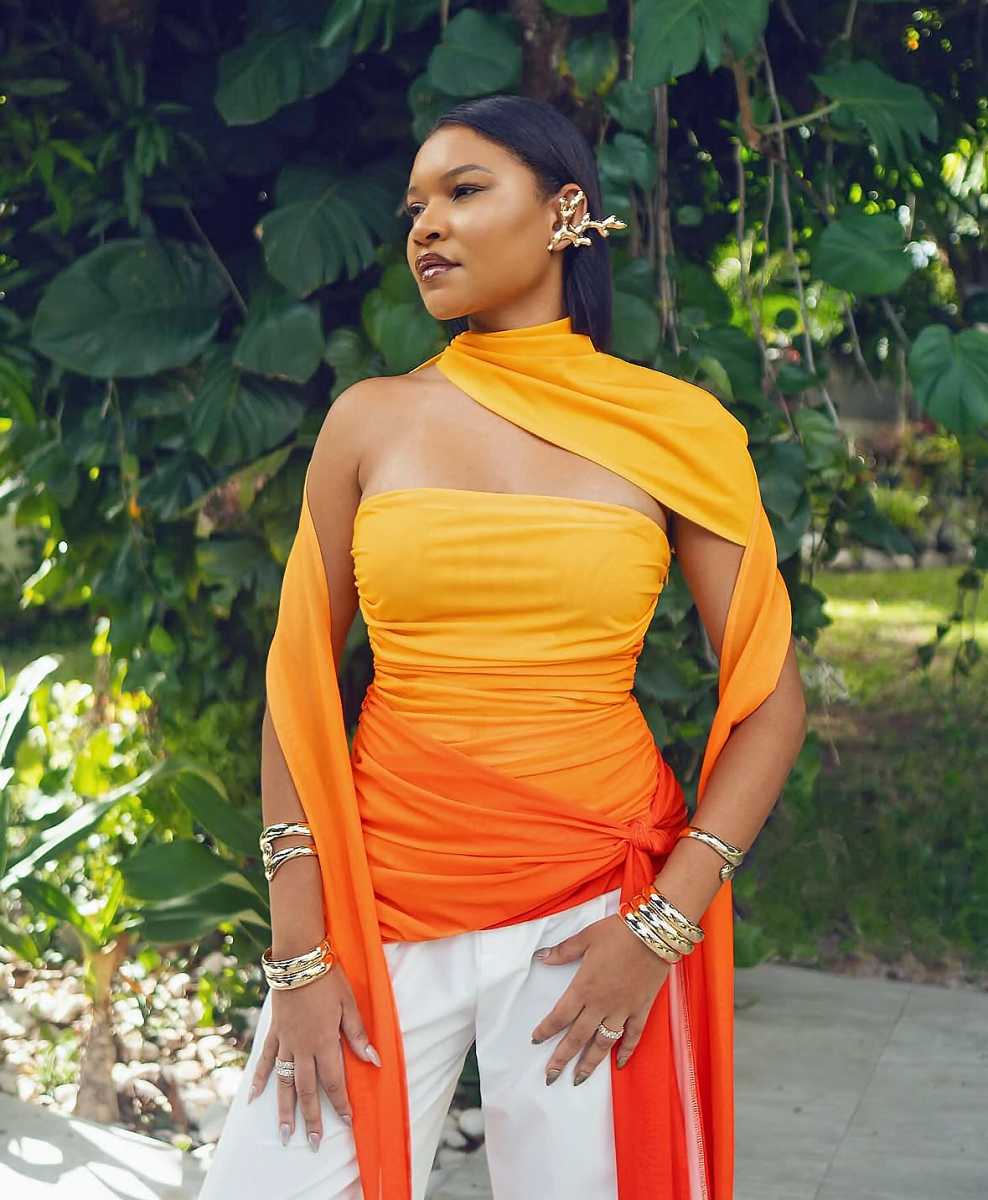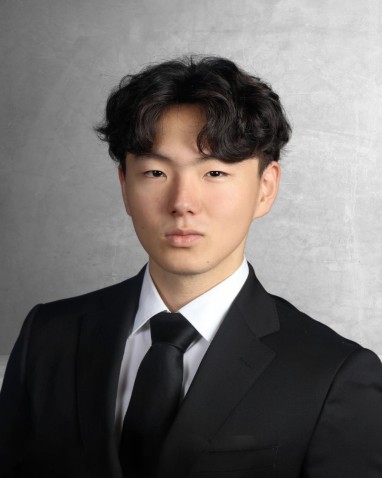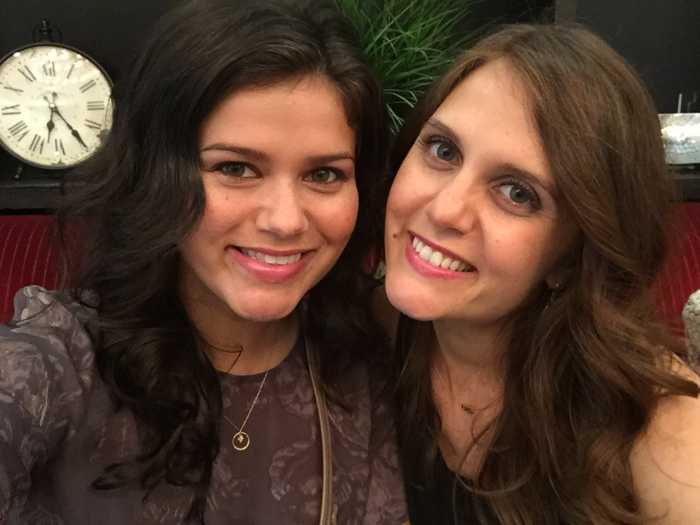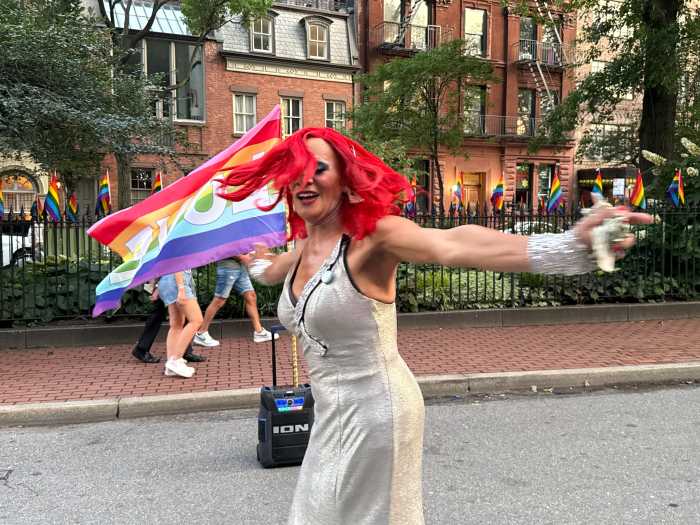The name of this annual photography art fair is simply AIPAD (an acronym for the Association of International Photography Art Dealers), but they could have easily subtitled it with the title of gallerist Peter Fetterman’s book “The Power of Photography” (more about that later).
Although seemingly smaller than in previous years, this gathering of galleries from all over the globe at the Park Avenue Armory had plenty to keep collectors, photography lovers, and photographers busy for hours. In fact, more than one attendee mentioned that they had been there more than once during the four-day run.
In addition to the 70 or so galleries, the fair featured special exhibits, such as the works of Larry Fink and Nan Goldin, a section for booksellers, and a number of talks that featured experts in their field as well as noted photographers such as fashion legend Arthur Elgort and R.E.M.’s Michael Stipe, who has published several books of his photo work.




AIPAD offered a rich trove of vintage work by classic lensmen (and women), which, honestly, one had to be rich to take home. But still, there’s nothing like getting up close with masterpieces by Alfred Stieglitz, Richard Avedon, Robert Frank, Edward Weston, and the like, and it’s equally thrilling to be introduced to new work that was previously unknown to us.
Gallery owners were on hand to discuss their favorite images (when they found it possible to choose), and the artists were frequently available to discuss their work.
Cig Harvey drew a crowd at Robert Mann’s booth, where she discussed her process with a sizable crowd and subsequently sold many of her newest book, “Emerald Drifters.” Among other things, we learned for the record that her favorite color is red and that she loves shooting women in cars.
“For many women,” she says, “a car is the first feeling of freedom.”




Jennifer DeCarlo, the owner of JDC Fine Art, was there with photographer Jennifer Greenburg, whose series “Revising History” involves Greenburg putting an image of herself into a found mid-century snapshot.
“Jennifer is one of the reasons that I started this gallery,” DeCarlo offered. “Her work has gotten sharper over time, more critical.”
Steven Wilkes presented new pieces at the Holden Luntz gallery of his remarkable “Day To Night” series, which he produces by staying in one spot for a very long time, sometimes in a cherry picker, while shooting the changes in light and then blending the images together in a detail-filled panoramic. His “Boteti River, Botswana, Day to Night, 2024” was the result of 18 hours in a blind in Africa in temperatures that went over 100 degrees.
“This is the story of the changing of our planet,” he explained. “It’s the hottest it has ever been. At high noon, the animals just stop moving.”
Brian Clamp, owner of CLAMP, pointed out images by Arlene Gottfried. He mentions that she “was born and raised in New York City, so she knew the city intimately and was not at all intimidated about approaching all sorts of people to take their portraits.”
He adds, “I love the sense of humor in her work.”



We were fortunate to find Dawoud Bey at the Stephen Daiter Gallery with, among other images, a portrait that he had done of a neighbor in 1989 in Brooklyn. The neighborhood series involved shooting all sorts of people on large-format Polaroid film, so that he could give them the instant print and keep the negative for himself. And what does he think of the work when he appraises it from the perspective of the present?
“They’re still good,” he declares. “I was young and I was good. I still like them.”
The gallery director for the Joseph Bellows Gallery, Michael Mulno, chose the recently departed John Humble’s color images of Los Angeles as particularly noteworthy.
“I think that he was one of the quintessential LA photographers and his work deserves a much wider audience,” Mulno says.
Janice Guy and Kim Bourus, co-founders of Higher Pictures, were thankfully patient enough to explain Jessica Eaton’s process. It involves very careful planning and up to 500 exposures on a single sheet of large-format film. The results are gorgeous, colorful prints that could easily be mistaken for op-art paintings.
The aforementioned Fetterman, whose book is a passionate survey of his favorite photos that includes quotes by the artists and the author’s commentary, goes straight to a brilliant image by Gianni Berengo Gardin when asked to pick out something special.
“This was taken by the greatest living Italian photographer,” he begins. “And I think that this is his greatest image. I’ve never seen an image that is telling so many different stories in one frame. I never get tired of looking at it. Henri Cartier-Bresson included it in an exhibition that he curated called, ‘My 100 Favorite Photos’ – which is like a Catholic being blessed by the Pope.”
More info about AIPAD at www.aipad.com.











